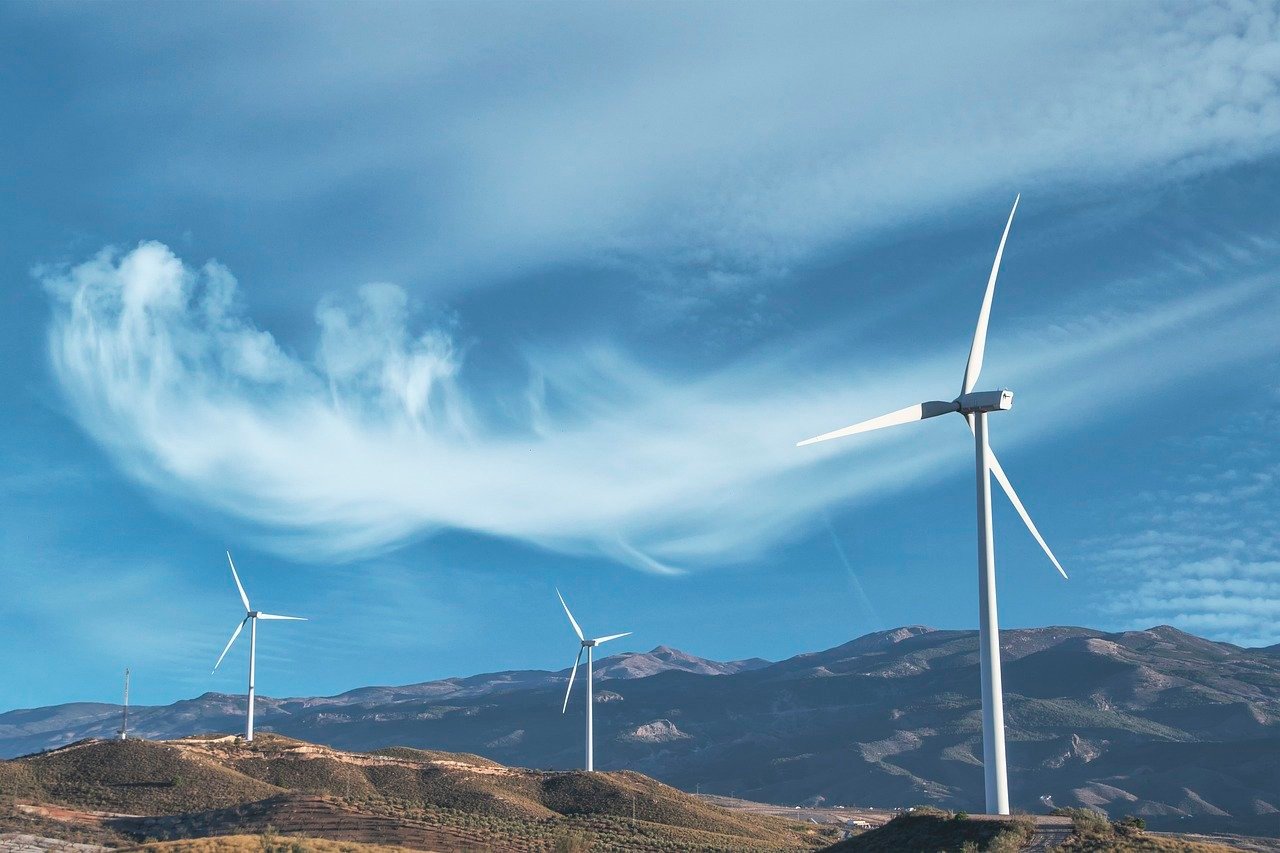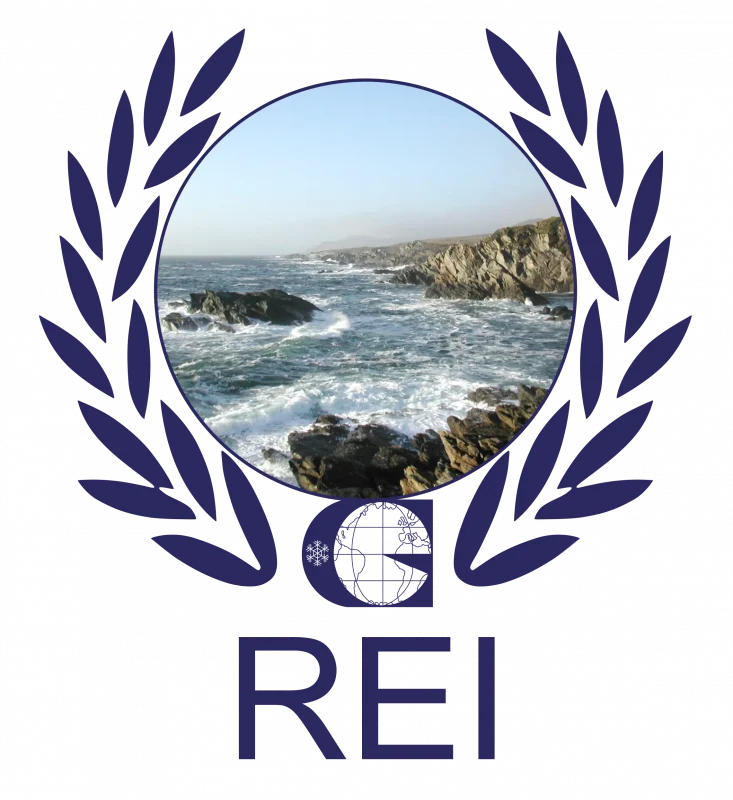Daily News
Wind Power Breaks Records in 2024, Paving the Way for a Greener Future
A record-breaking 117GW of new wind energy capacity was added globally in 2024, according to the latest Global Wind Report from GWEC. Despite this impressive growth, the report highlights significant disparities in deployment rates across global markets. The vast majority of new installations occurred in a handful of key mature markets, notably China and Europe.

The year’s growth, 109GW from onshore wind and 8GW from offshore, has pushed total global wind capacity to 1,136GW, now spanning every continent. In 2024 alone, wind turbines were installed in 55 countries. China led the world in new installations, followed by the United States, Germany and India, with Brazil completing the top 5. By the end of 2024, those same 5 countries also ranked as the top 5 for total cumulative installations, with Brazil surpassing Spain to claim a spot in the global wind energy elite.
Record wind energy growth was seen in several emerging regions in 2024. The Asia-Pacific region grew by 7% year-on-year, while Africa & the Middle East surged by 107%, driven by major installations in Egypt (794MW) and Saudi Arabia (390MW). In contrast, North America, Latin America and Europe saw a decline in new installations compared to 2023.
Looking ahead, the report forecasts a compound annual growth rate of 8.8%, adding an estimated 981GW of new capacity by 2030. GWEC projects consecutive record years, with new capacity reaching 138GW in 2025, rising to 194GW by 2030. However, GWEC warns that policy instability, along with bottlenecks in permitting, grid infrastructure and auction systems, could hinder progress. Addressing these challenges is vital to meet global climate goals, reduce dependence on fossil fuels, and achieve the international target of tripling renewable energy capacity by 2030.
Also in 2024, wind power became the 2nd largest source of electricity in the European Union, surpassing natural gas and trailing only nuclear, according to the European Commission. Combined with other renewables, wind contributed to 47% of the EU’s electricity generation, marking a significant milestone in the region’s shift toward a cleaner, more sustainable energy mix.
Wind energy is not only clean, it’s increasingly cost-effective. The cost of building wind infrastructure has dropped dramatically over the past decade. Onshore wind now costs less than half as much as coal, and is far cheaper than volatile imported fossil fuels, helping to stabilise energy bills and boost European industrial competitiveness.
Wind also has a minimal environmental footprint. A typical onshore turbine powers over 1,500 EU homes annually, with newer models tripling that output. And unlike coal, a wind turbine offsets its entire lifecycle emissions within a year, continuing to produce zero-carbon energy for up to 25 years. You can gain in-depth knowledge of the industry and the skills to thrive in the energy transition by enrolling in our accredited Wind Power course, designed to equip you with real-world insights into one of the world’s fastest-growing energy sectors.
Sources:
